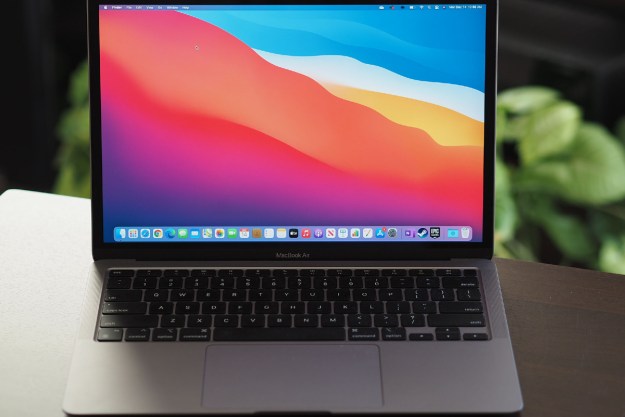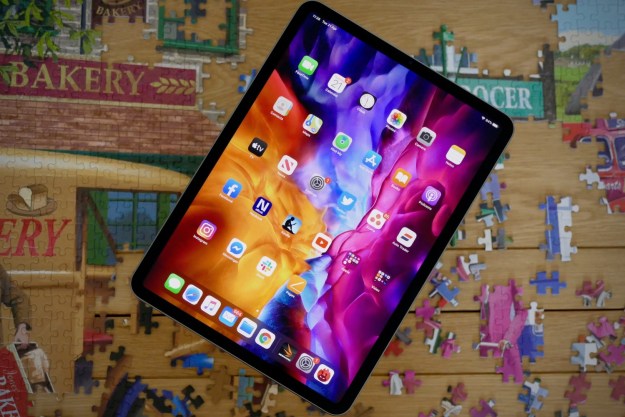Microsoft rolled out the massive Surface Studio at its October 26th press conference to much fanfare, and it’s not hard to see why. Between the high-resolution, yet strikingly thin, 28-inch panel with full touch capabilities, the ultra-modern design, and the touch-focused dial, there was a lot to be excited for.
But a few us of us were already stewing over the compromises made under the hood. Most notably, we were asking why, in a brand-new product, Microsoft opted for last year’s GPU, a GTX 980M, despite a slew of new energy efficient, powerful new mobile graphics options that came out in the last six months.
Yesterday’s leader
But not everyone who buys a Surface Studio will end up with a GTX 980M. In fact, only the highest-end model sports that GPU, and it costs $4,200. The two base models are only sporting a GTX 965M. We don’t have benchmarks on file for any systems with that GPU in it, as it’s not that common, but we do know that it sits at about 1.9 Teraflops of raw power, thanks to the info Panos Panay provided on the upcoming Surface Book Core i7 with an upgraded GPU. Compare that to 3.2 Teraflops in the GTX 980M, and you’re looking at a 30 percent performance gap at least.
What’s so bad about that? Nothing, until you look at what the newest hardware is packing. When we tested the mobile GTX 1070 in the Asus ROG G752, we saw an impressive 129 frame per second average in Battlefield 4, with resolution at 1080p and detail set to Ultra. That’s opposed to the GTX 980M in the Acer Predator 17, which hit 88. Still a good score, but certainly not as fast as it could be.

With scores like that, expect the GTX 965M to barely hit 60 FPS in Battlefield 4, and that’s at 1,920 x 1,080 resolution. The Studio boasts a 4,500 x 3,000 display. You can forget trying to play anything but Stardew Valley at that resolution.
It’s not just about gaming
Maybe we’re being a little melodramatic. The GTX 980M was the strongest true mobile processor in the previous generation, beaten only by hulking laptops with desktop GTX 980s inside. And after all, the Surface Studio isn’t a gaming PC — it’s for creatives, and productivity.
At $3,000, you’re targeting a user base that wants to use their computer to make money for them.
But you can’t ignore the sky-high screen resolution. It takes serious heft to run GPU-accelerated CAD and rendering applications above 4K, and while we don’t have any specific benchmarks to reference there, we do have anecdotal experience running even simple 3D modeling programs on the Surface Book, with its 3,000 x 2,000 display, and seeing framerate drops, even with the dedicated GPU (an Nvidia GT 940M) whirring away under the hood. And that screen has less than half the pixels of the Studio.
The real issue is that, at $3,000, you’re targeting a user base that wants to use their computer to make money for them. Digital artists, storyboard engineers, drafting professionals – all professions where every minute lost is money out of their pocket. Even if the GTX 965M and GTX 980M are generally adequate, it’s not as quick as it could be if Microsoft instead picked the GTX 1060 as a base. And that’s a disappointment.


